Hotel and Resort Projects That Blur Interior and Exterior Boundaries
Hospitality design is entering a new era — one defined by the seamless blending of architecture, landscape, and atmosphere. The most compelling hotels and resorts of the 2020s no longer separate indoors from outdoors; instead, they choreograph a continuous spatial experience where nature becomes part of the architecture itself. From tropical retreats to desert lodges, this approach redefines how travelers inhabit space, offering immersion, comfort, and sustainability in equal measure.
The Evolution of Hospitality Architecture
Modern hospitality design has shifted away from grand lobbies and enclosed corridors toward open, porous, and biophilic structures. Today’s travelers value emotional connection and sensory experience as much as luxury. Architects respond by designing buildings that breathe — through cross-ventilation, light filtration, and organic transitions between inside and outside.
Design Principles Behind Blurred Boundaries
Transparency and Transition
Architects are using sliding partitions, open-air lounges, and layered screens to erase visual and physical divides. Transparency promotes natural ventilation and daylight while framing views that become central to the guest experience.
Material Continuity
Consistent use of materials such as stone, timber, and bamboo from interior to exterior reinforces unity between spaces. Textures are often left raw, allowing guests to feel the tactile continuity of the environment.
Biophilic Connection
Lush courtyards, green roofs, and water features pull nature into the heart of the building. Biophilic design reduces stress, lowers energy use, and deepens guests’ connection with place.
Global Examples
Alila Villas Uluwatu, Bali – WOHA Architects
Perched atop a limestone cliff, Alila Villas Uluwatu exemplifies the harmony between architecture and landscape. WOHA used open pavilions, operable screens, and recycled local materials to create a resort that feels like part of the terrain. The porous structure allows sea breezes to flow through every space, reducing dependence on air conditioning.
Amangiri, Utah – Rick Joy Architects and Marwan Al-Sayed
Built within the desert canyons of southern Utah, Amangiri blends monolithic concrete walls with sandstone plateaus. The resort’s architecture mimics the tones and textures of the surrounding cliffs, blurring where man-made edges end and natural formations begin. Guests move seamlessly from shaded courtyards to open terraces overlooking the vast desert landscape.
Six Senses Zil Pasyon, Seychelles – Studio RHE
This resort integrates architecture with the lush island ecosystem. Individual villas are placed among granite boulders and tropical vegetation, each oriented for privacy and ocean views. Materials and rooflines follow the topography, and many interior zones are open to the elements, creating a fluid indoor-outdoor rhythm.
Climate and Culture as Design Drivers
The blurring of boundaries is not only aesthetic — it’s ecological. Resorts in warm climates capitalize on natural ventilation, while those in cooler regions use transitional spaces like winter gardens and screened verandas to mediate between interior and exterior.
The concept is also cultural. In tropical Asia, the open pavilion has long symbolized social openness and connection to nature. In Mediterranean and Middle Eastern contexts, courtyards and shaded colonnades achieve similar effects. Modern hospitality architects reinterpret these archetypes using advanced materials and environmental simulation tools.
Technology and Sustainability
Digital modeling and climate analysis tools now enable architects to test how light, wind, and temperature interact with form. Parametric design and AI-assisted simulations guide the shaping of façades, roofs, and openings to achieve both comfort and efficiency.
Sustainability certifications such as LEED and EarthCheck are increasingly tied to open-air, naturally ventilated designs. This not only reduces energy loads but also enhances the authenticity of the experience.
Human Experience and the Sense of Place
When interior and exterior blend, guests experience a kind of architectural empathy — feeling the rhythm of climate and landscape rather than being shielded from it. Spaces invite participation: dining areas that extend to courtyards, baths that open to the sky, bedrooms that catch the sound of rain or waves.
Conclusion
Hotels and resorts that blur the boundary between inside and out are redefining hospitality for a world that values connection over isolation. By merging architecture with landscape, these projects deliver more than luxury — they offer belonging, calm, and sustainability.
From the cliff-side pavilions of Bali to the sandstone retreats of Utah, architects are designing experiences that remind us we are not separate from nature. The future of hospitality architecture lies in this union — where the threshold disappears, and the environment becomes the guest room itself.
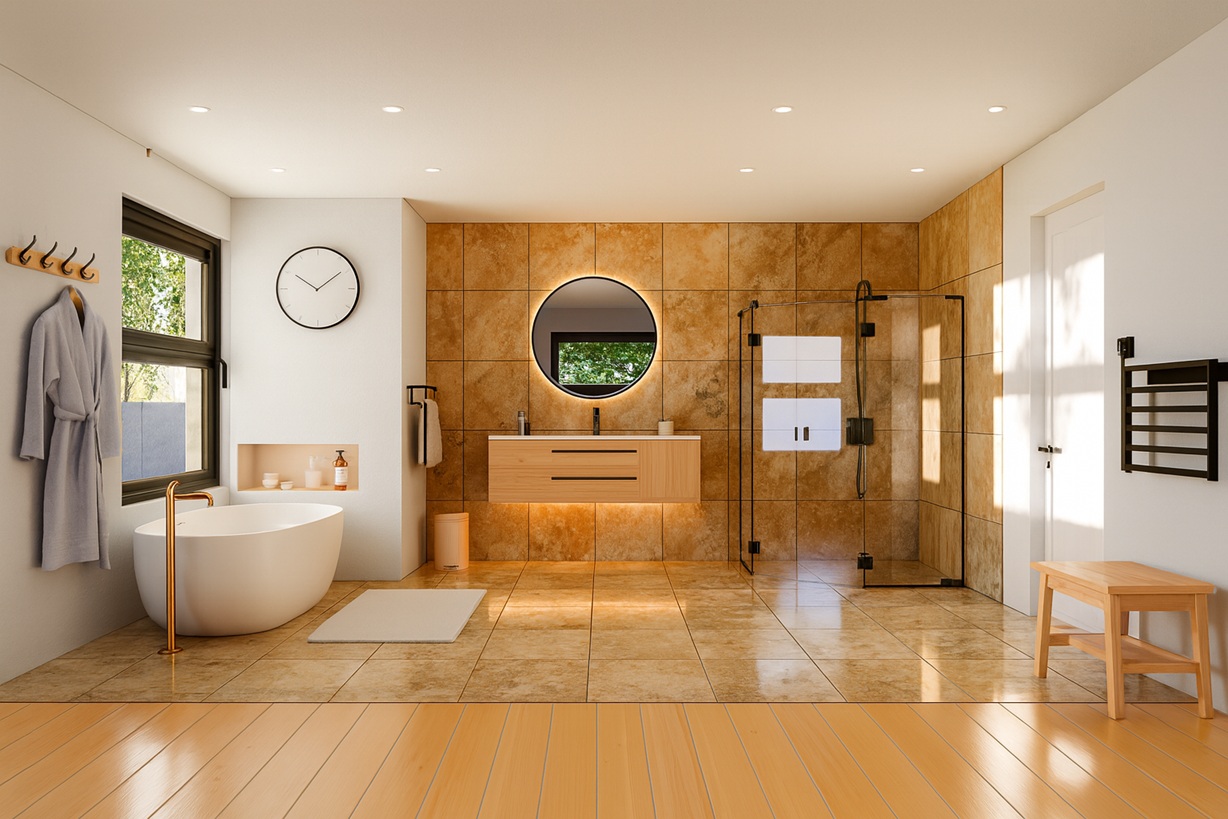
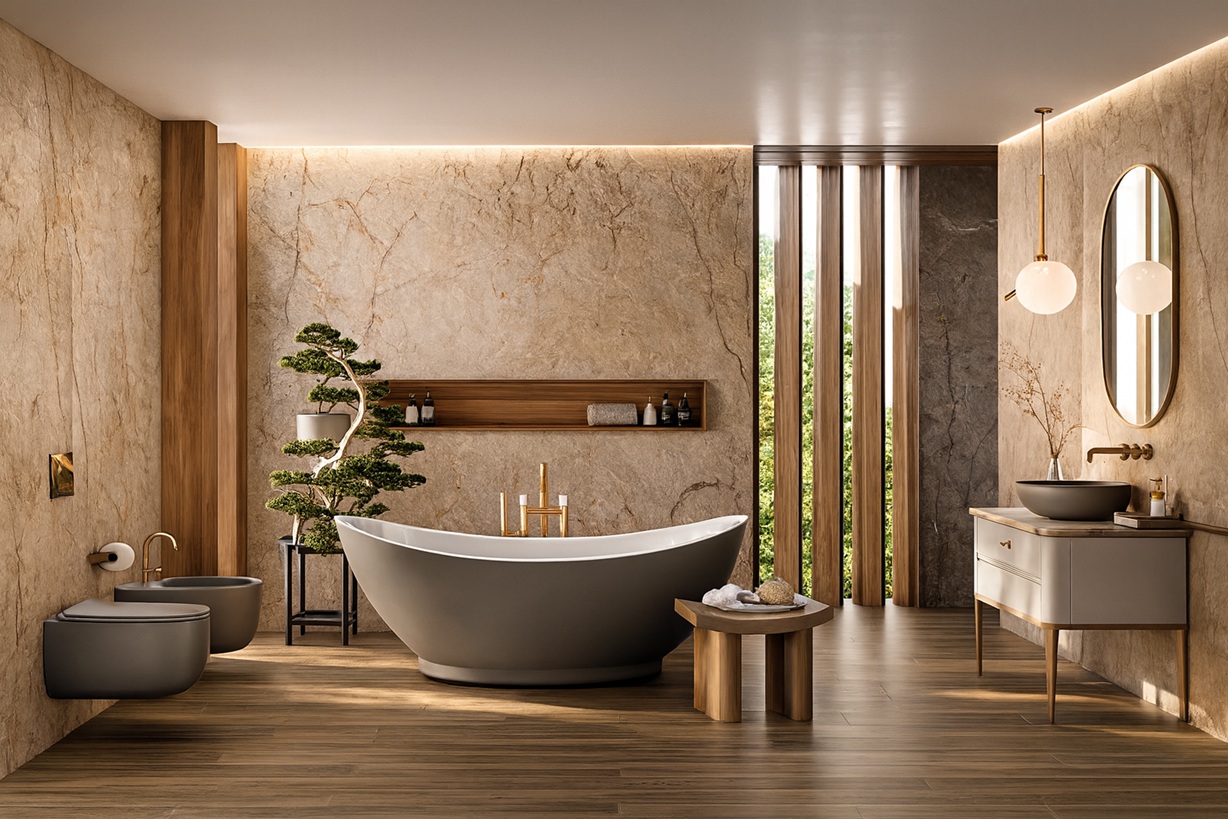
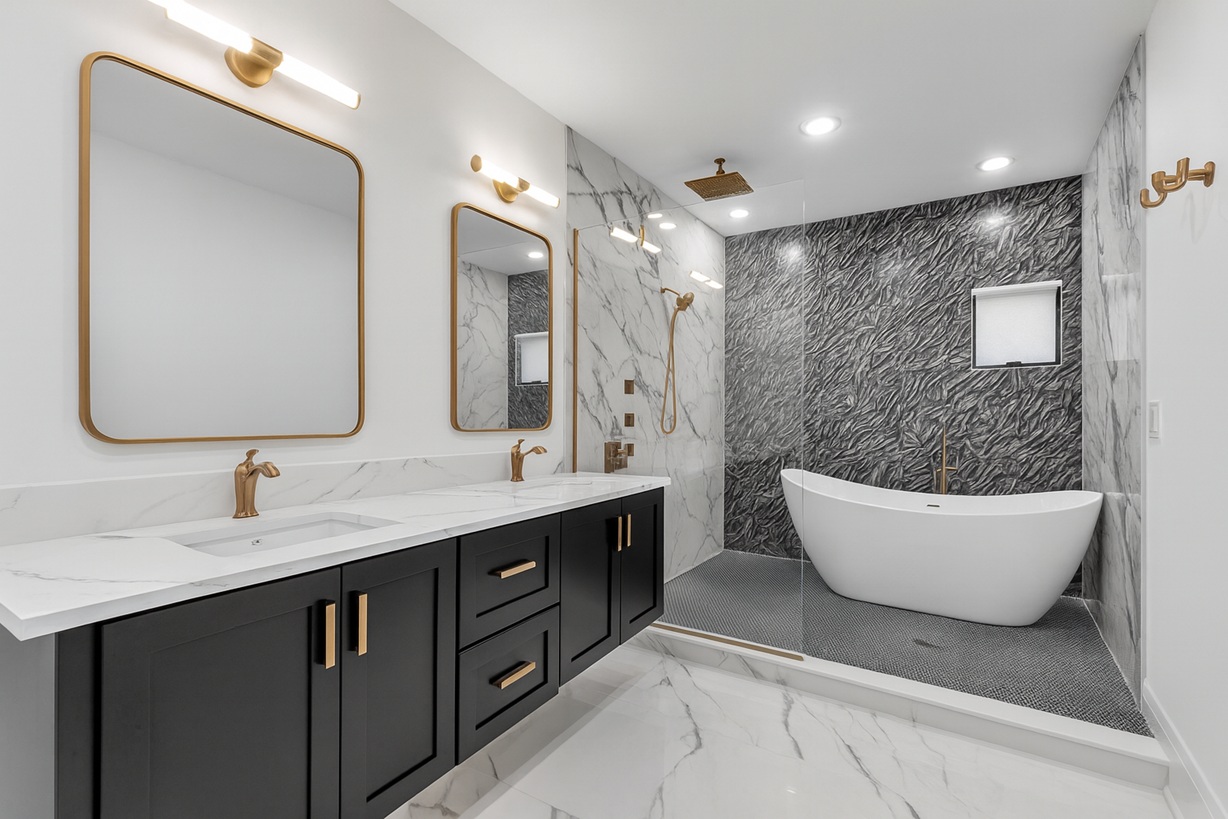
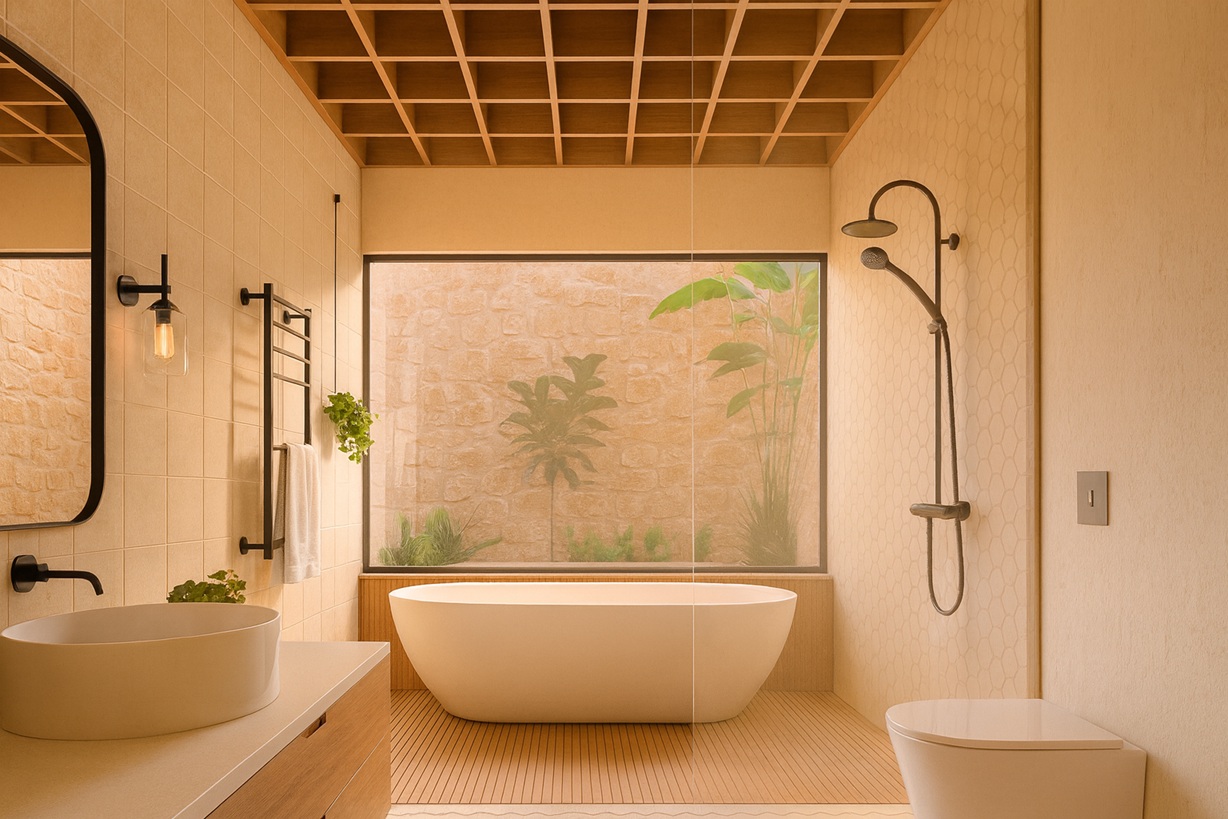
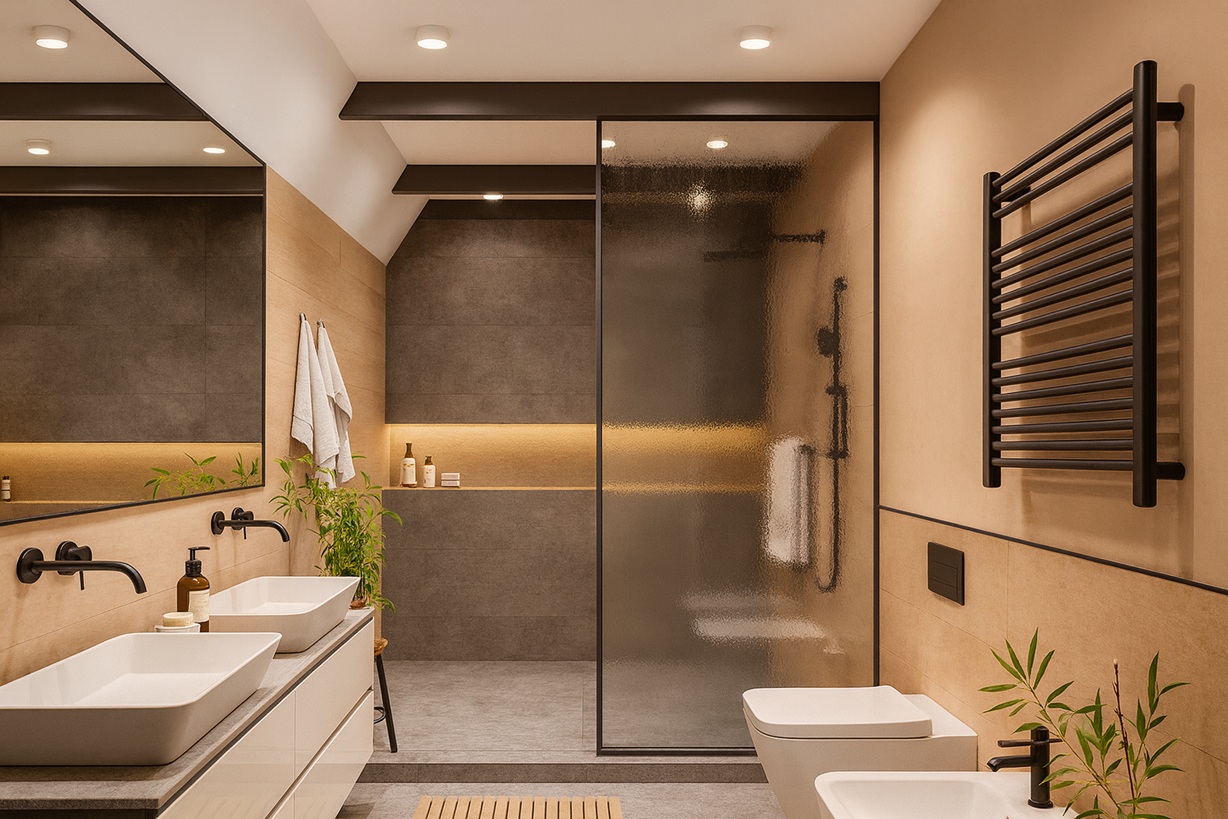

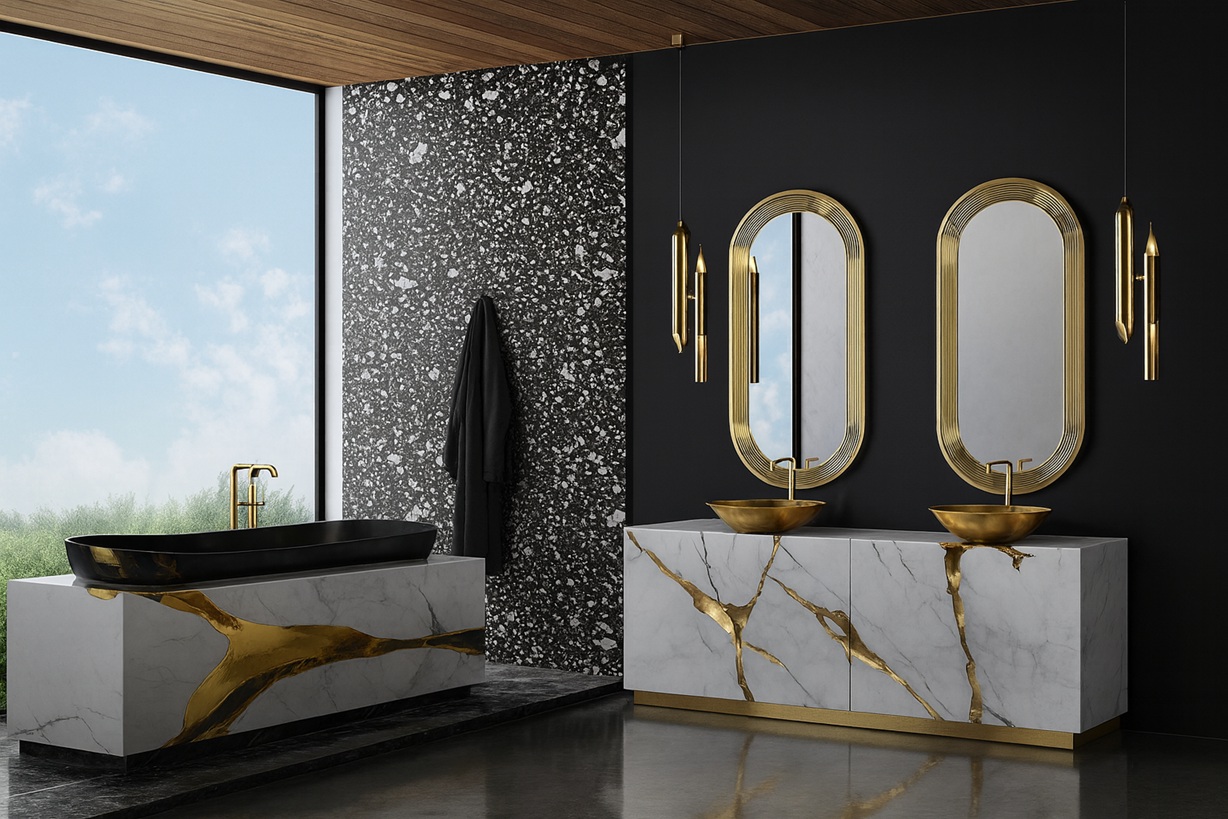
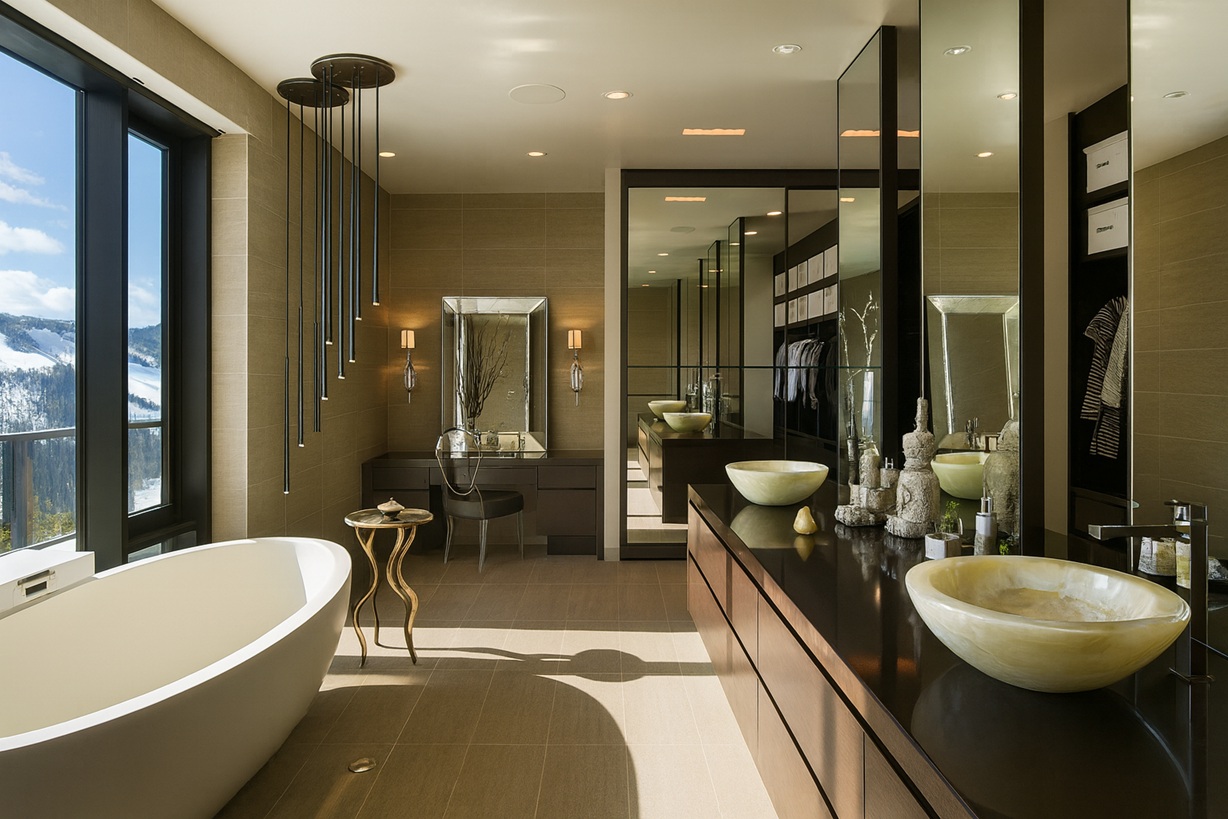

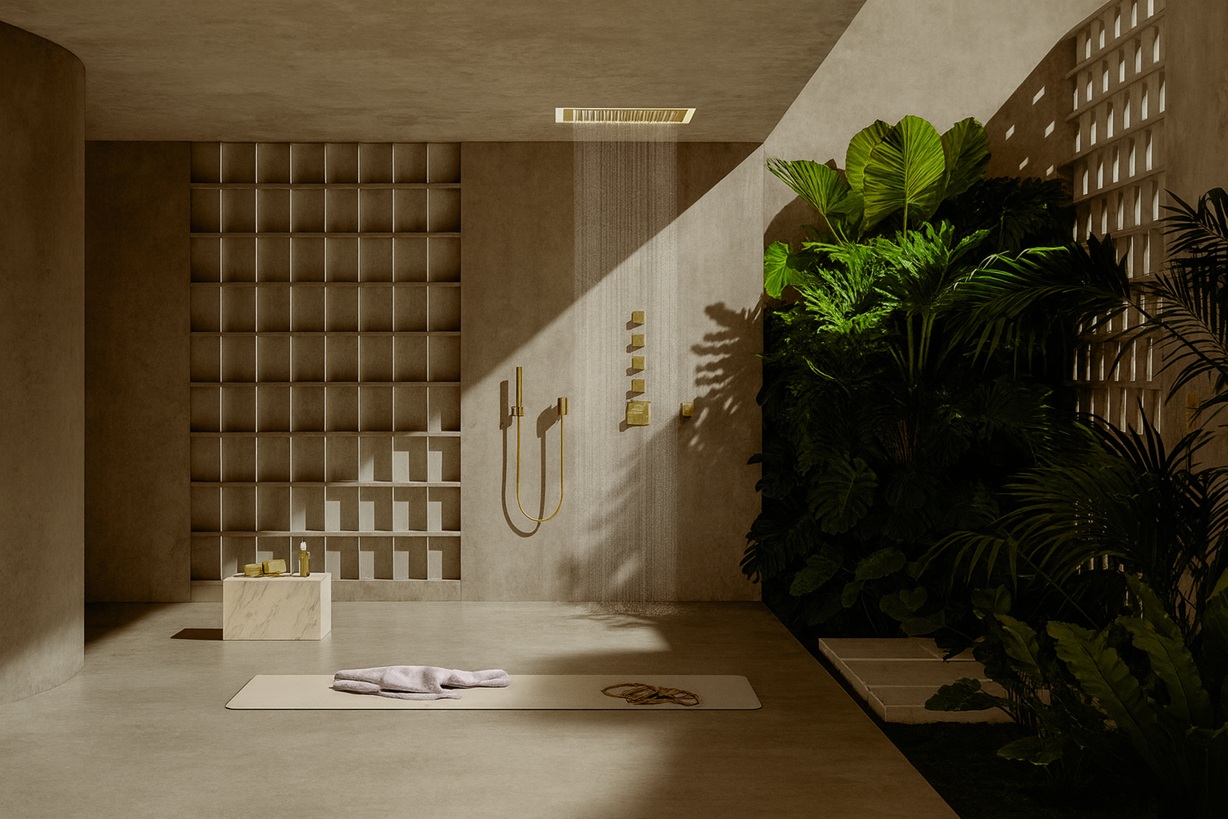
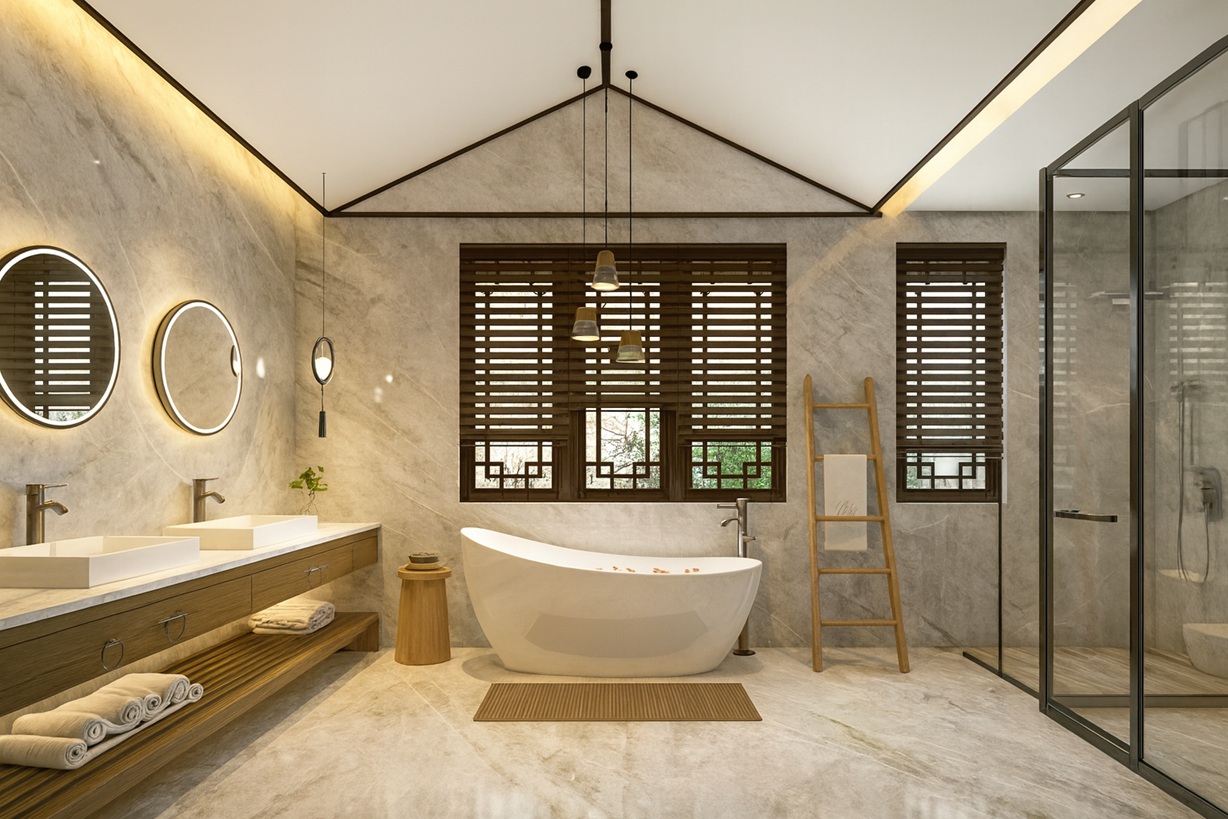
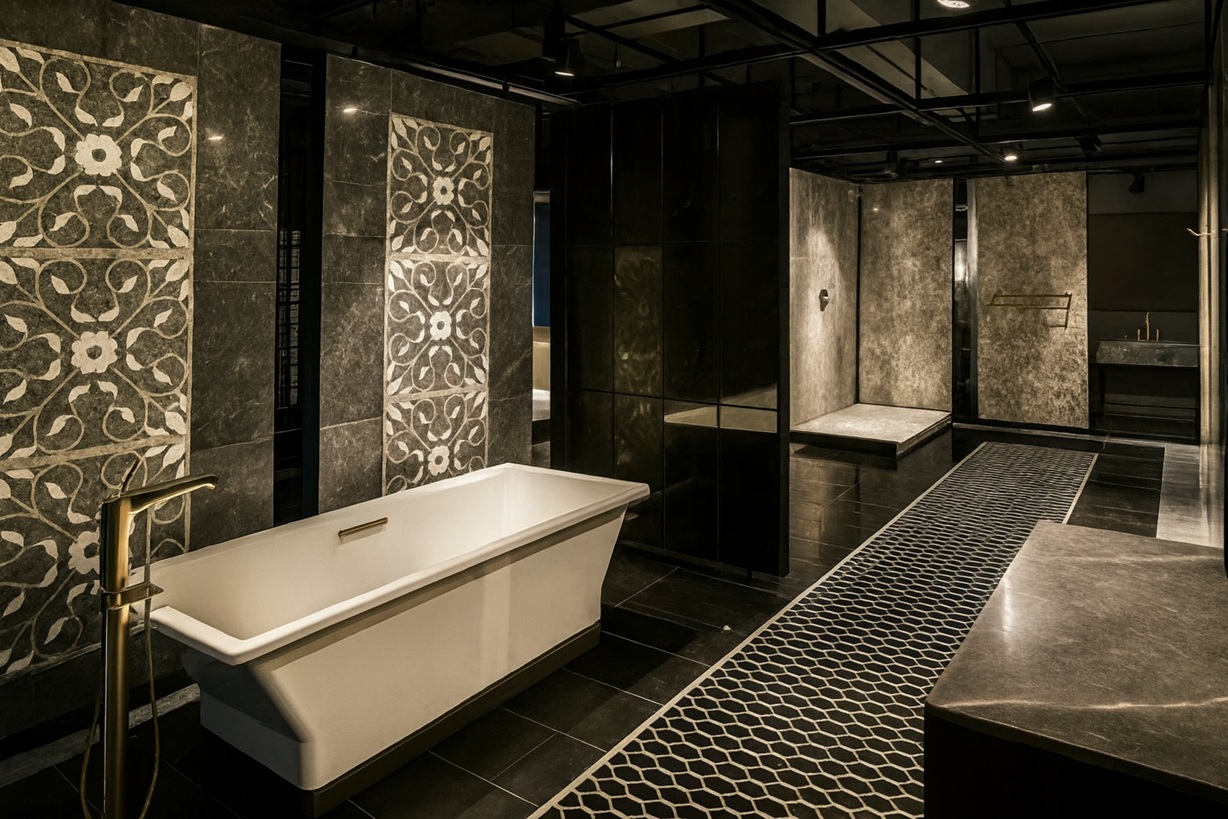
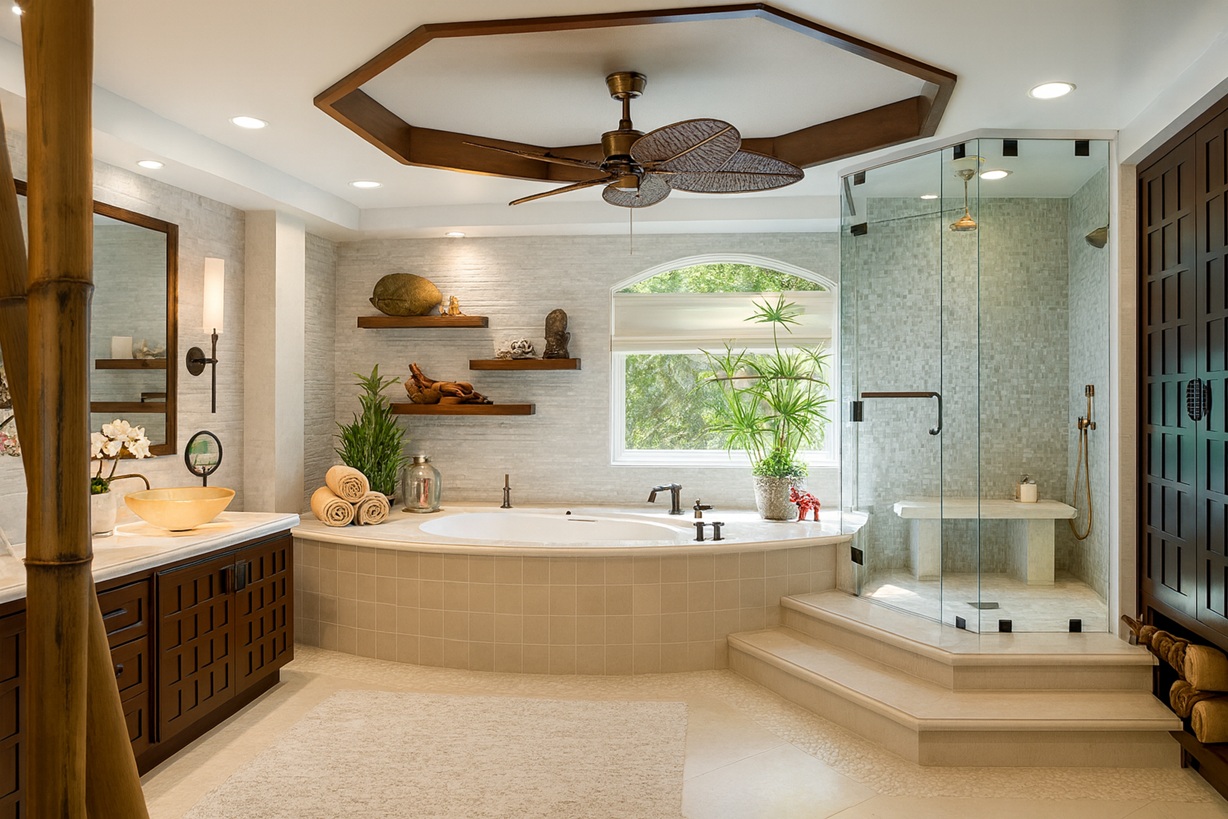
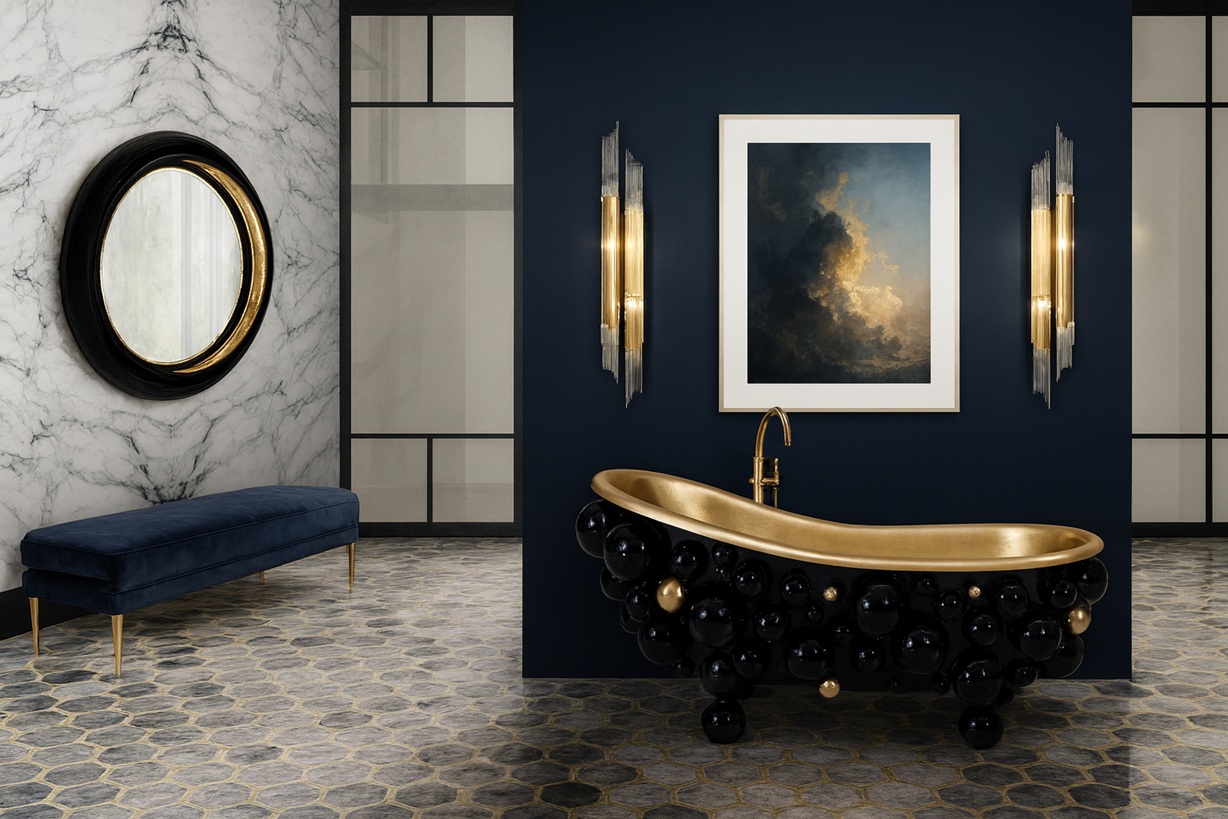
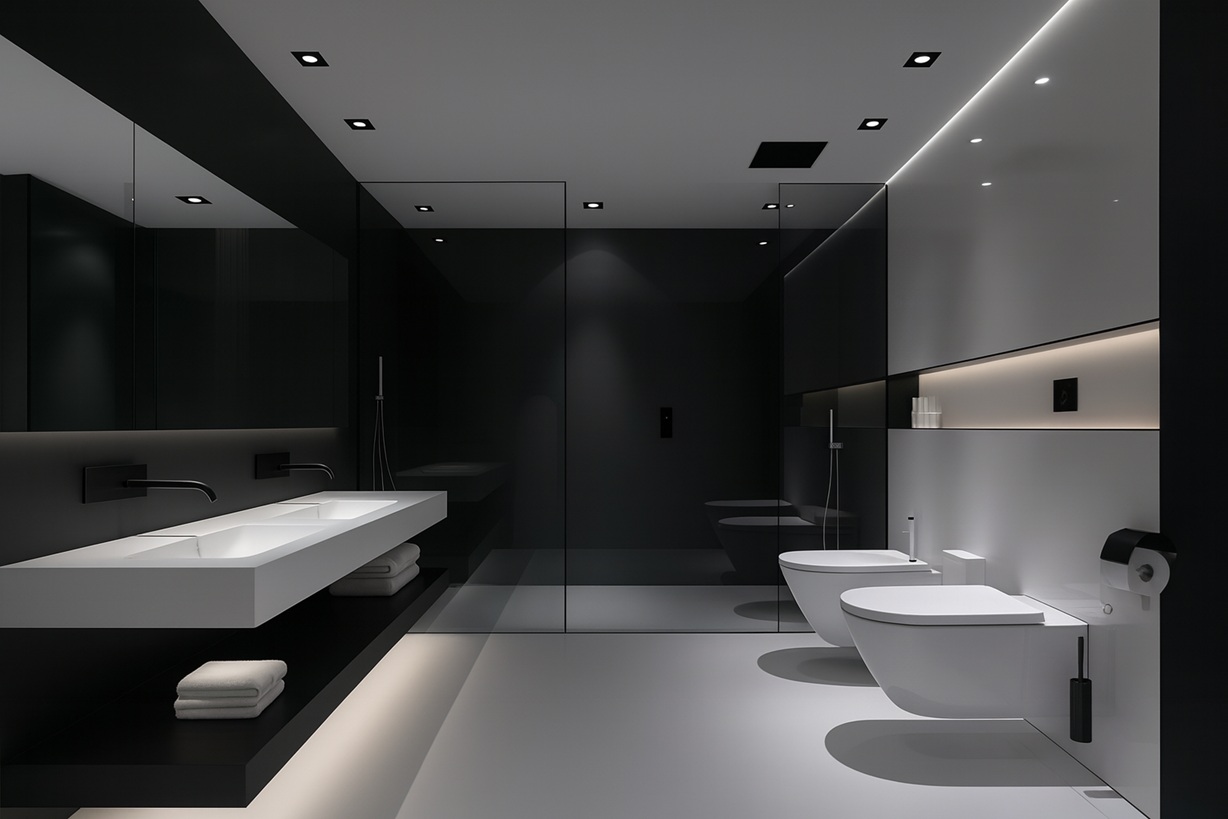
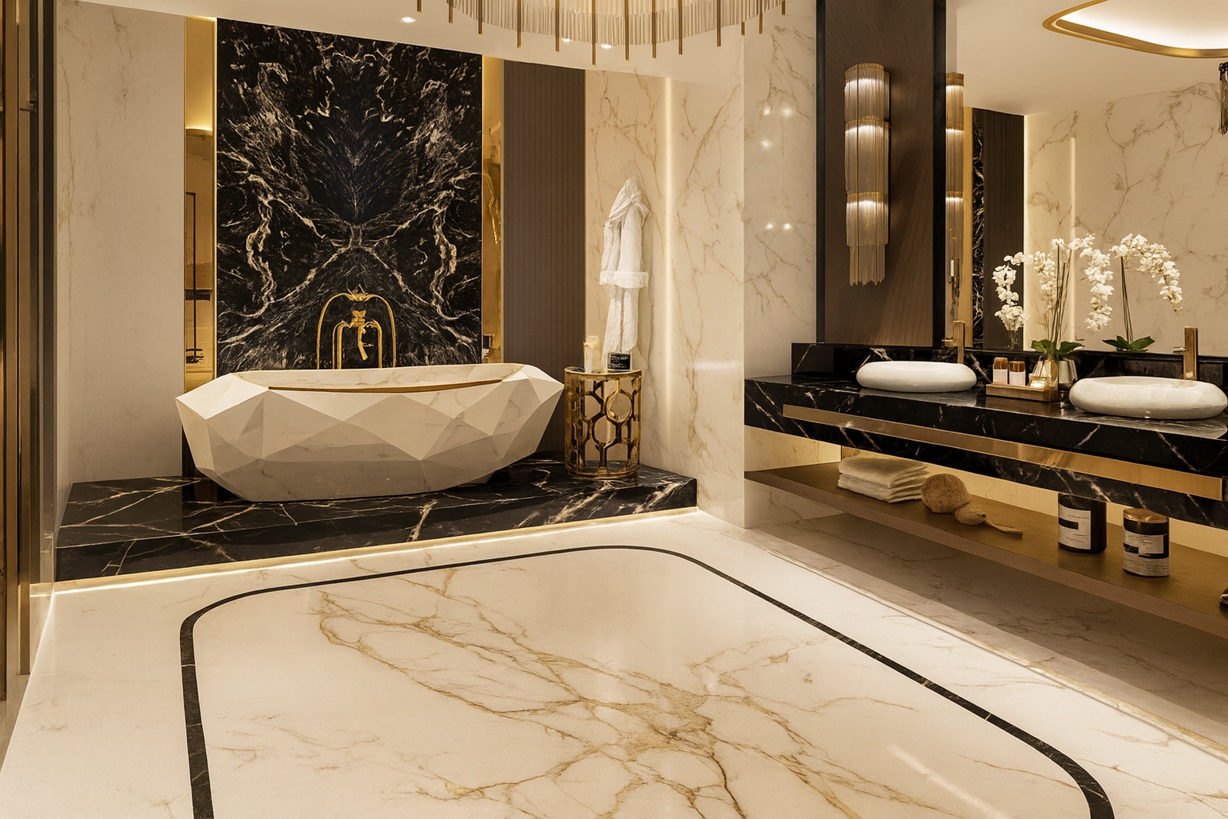
No responses yet